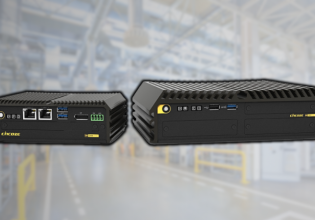Hi my client has an existing fruit washer whereby a series of polaroid photo reflective sensors monitor different stages of the conveyor . Where they should be reading the plastic crates they are sometimes reading the water spraying overhead and giving a false signal to the plc . Sensors used are Polarised Retrorelfective QS18VPSLP Banner PNP . 3 5 metre sensing range . Light and Dark Operation with a reflector used for the beam to bounce back onto the sensor .Ive read up a bit on laser type sensors with background suppression . I wonder if this would help eliminate the issue with false readings of the water spraying and mist . If tuned or reached to be more accurate over the plastic crate that's passing .
Any feedback would be greatly appreciated
Any feedback would be greatly appreciated
Attachments
-
1.1 MB Views: 14







